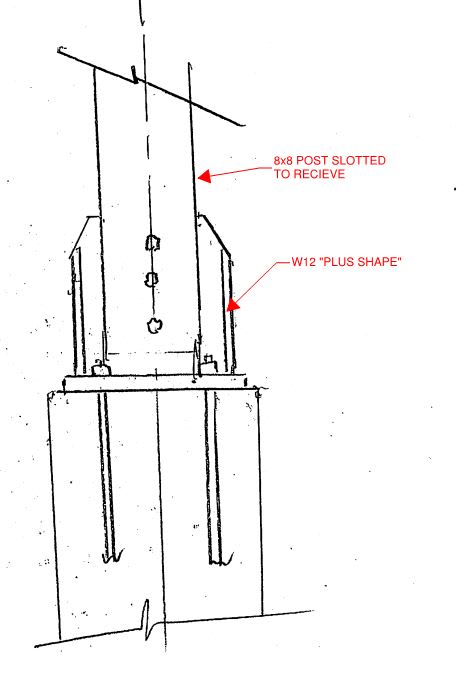braves25
Structural
- Jan 2, 2004
- 64
Hello,
Has anyone designed a light pole base for a wood poll? I have a 14' wood post (8x8) with a single fixture a the top. The owner wants a concrete footing (drilled pier or square, I don't think that matters to them) and a fabricated steel base connection, that is connected to the wood post with bolts. Anyone had success with this type of connection. Critical areas to consider in the connection design? Thank you and have a great day.
Has anyone designed a light pole base for a wood poll? I have a 14' wood post (8x8) with a single fixture a the top. The owner wants a concrete footing (drilled pier or square, I don't think that matters to them) and a fabricated steel base connection, that is connected to the wood post with bolts. Anyone had success with this type of connection. Critical areas to consider in the connection design? Thank you and have a great day.


